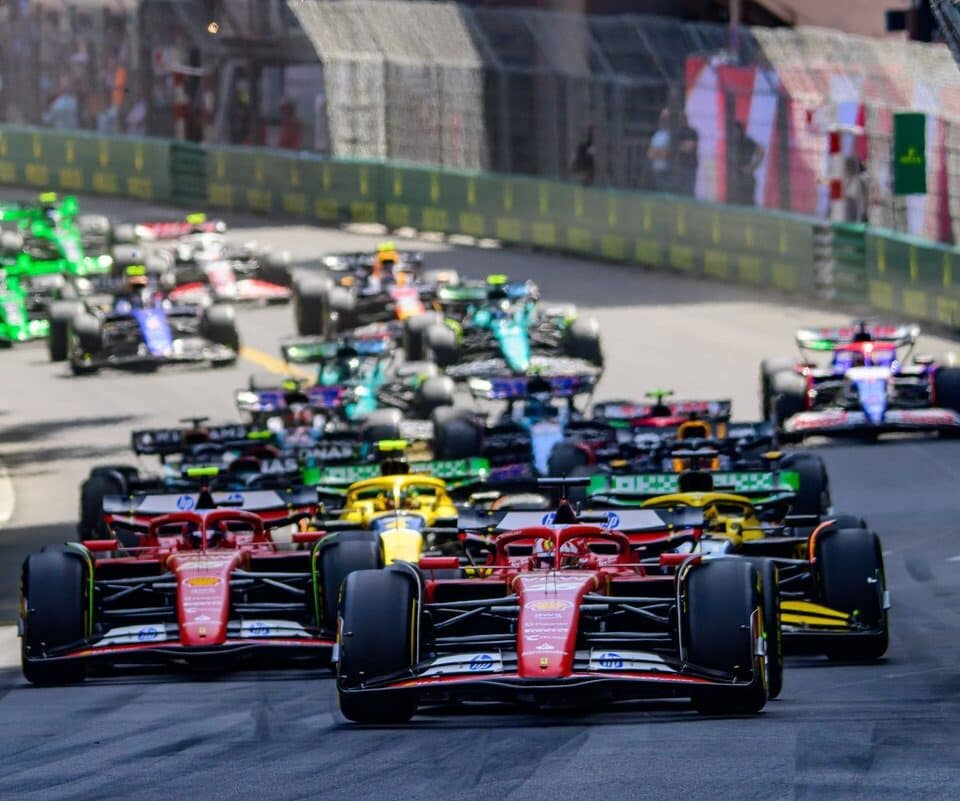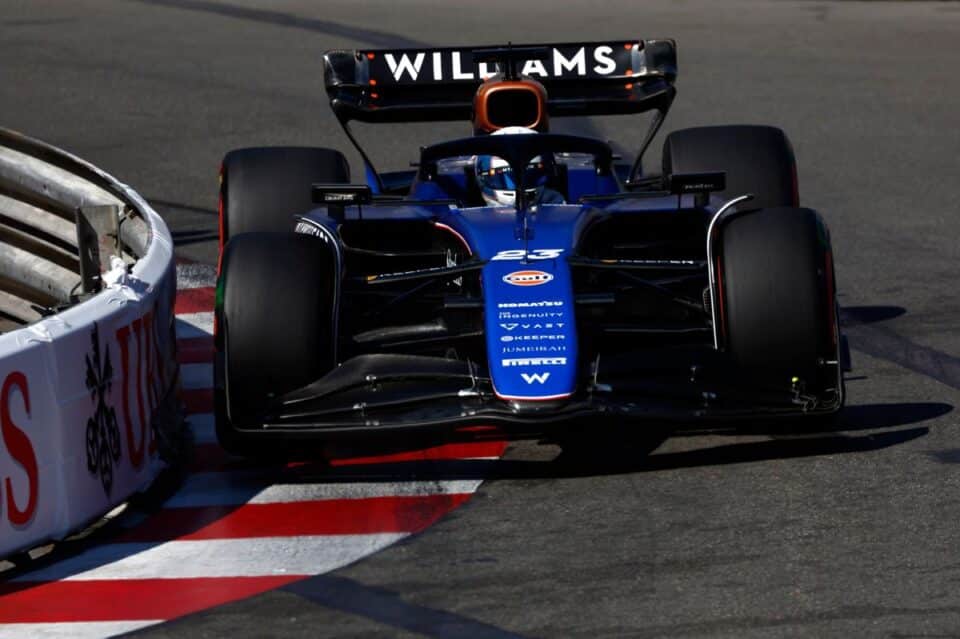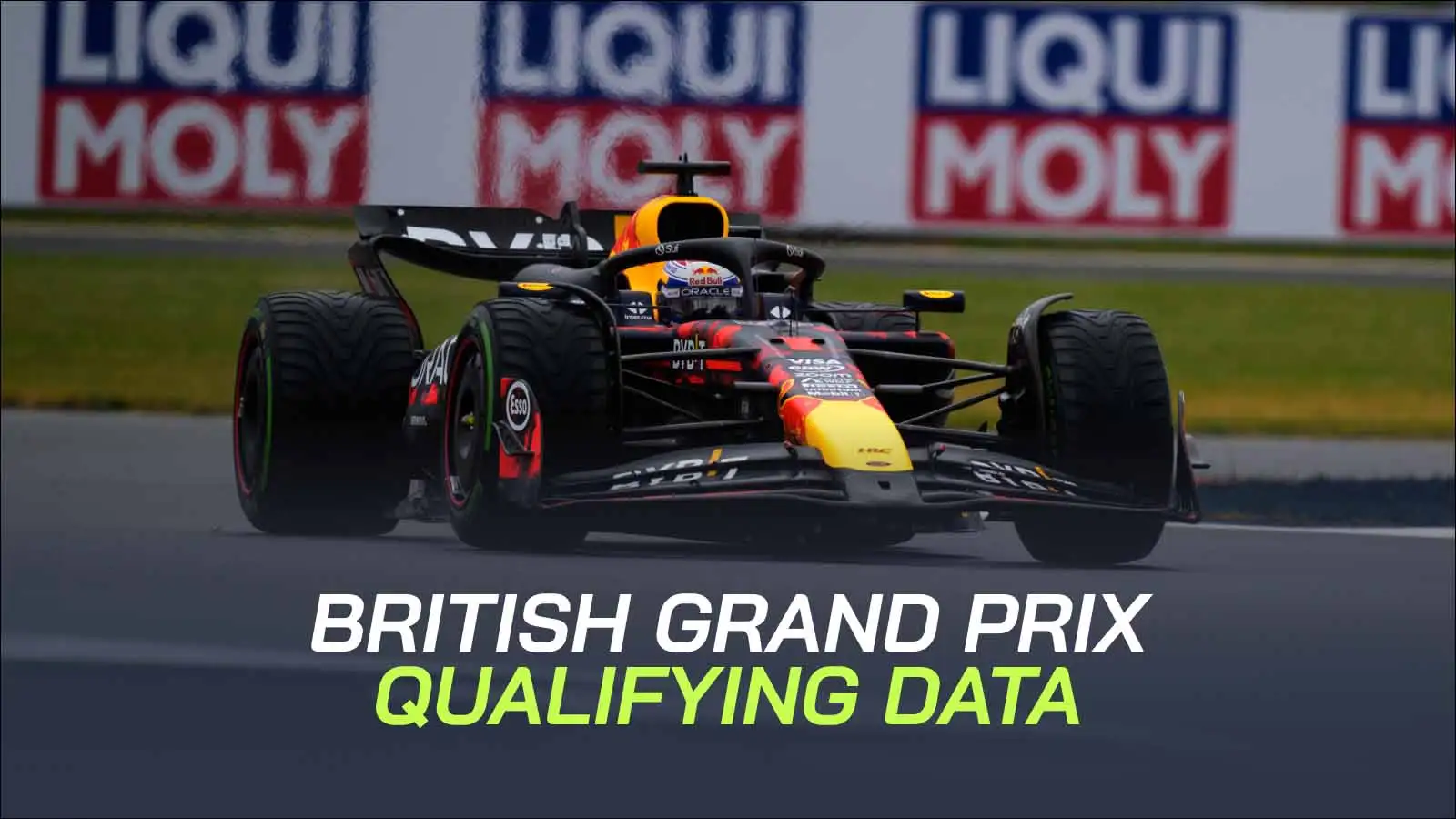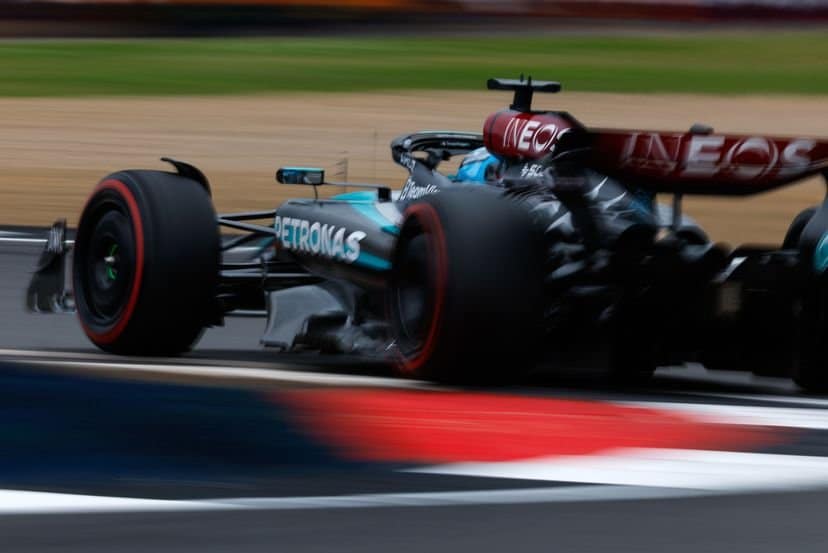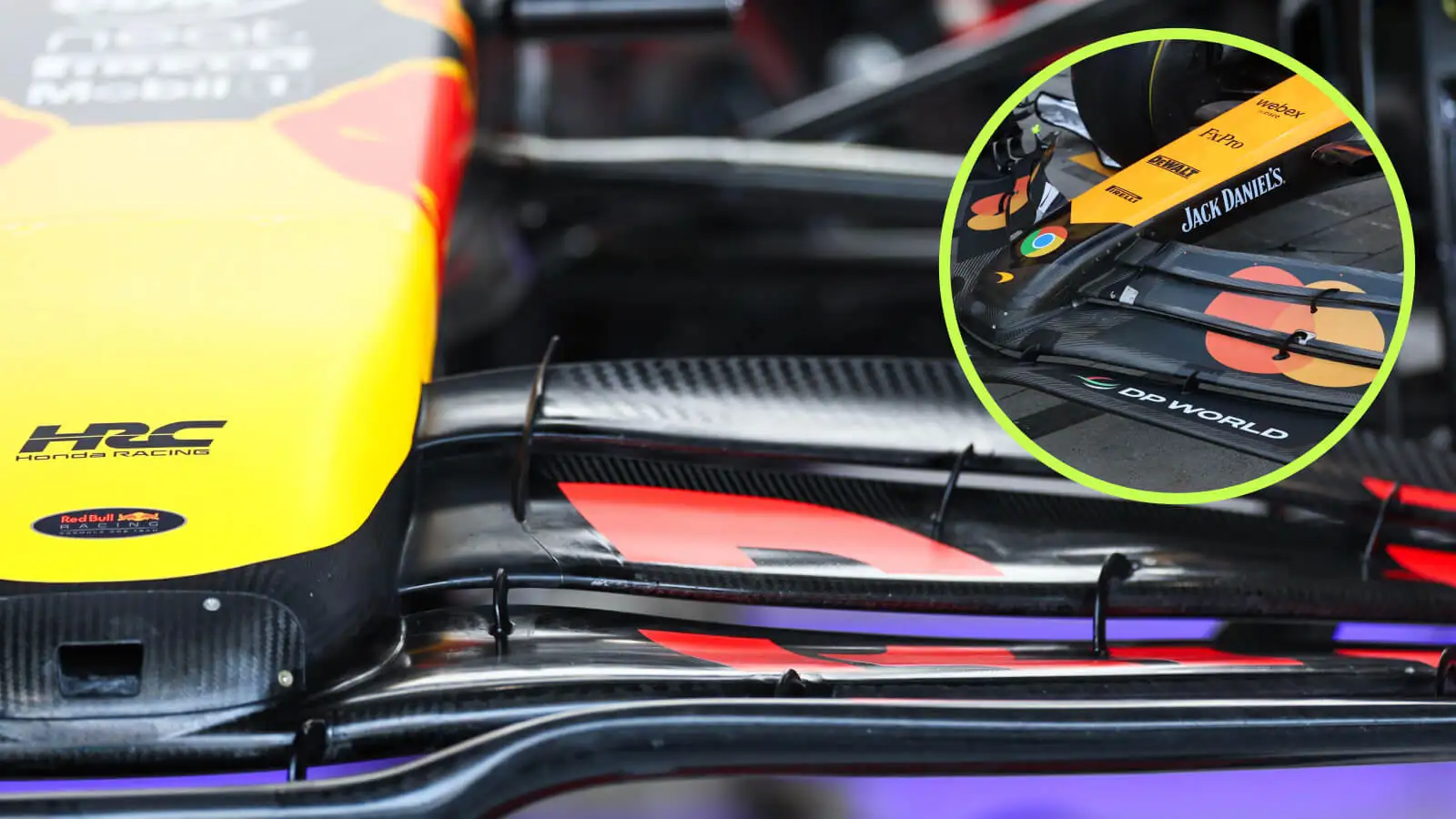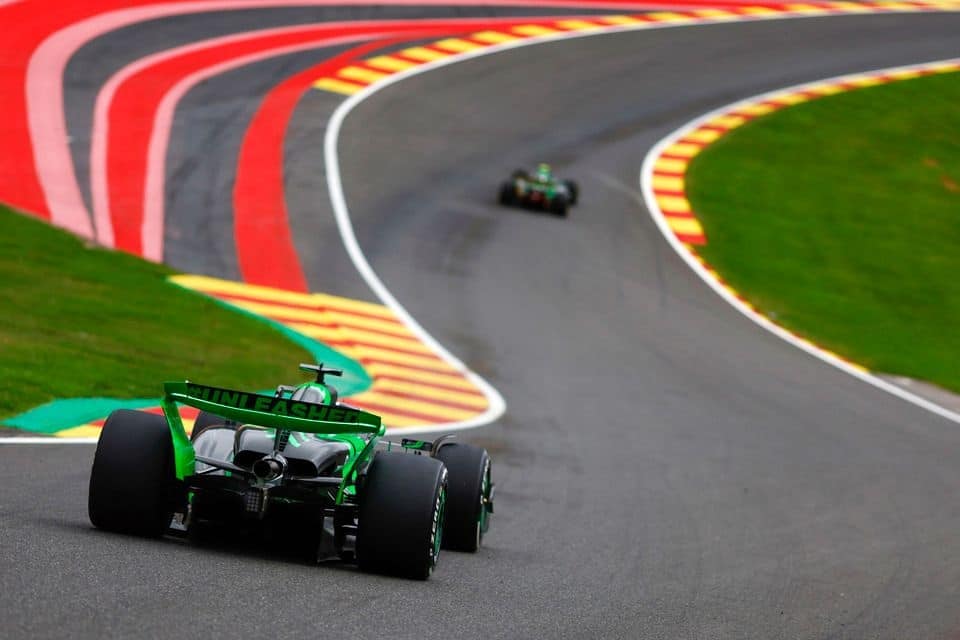This year’s Monaco Grand Prix might not go down in history as one of the best races, but it wasn’t the worst either. Despite what many might think, the race had its own unique charm.
We all know that Monaco Sundays aren’t really about overtaking. The moment you arrive in the Principality, you realize the fight for victory is practically about securing pole position since passing on this track is notoriously difficult. Even in dry conditions, overtaking at Monaco is so rare that you can count the number of overtakes on one hand.
The thrill of a dry Monaco race has always been the pitstops. A single mistake, like Daniel Ricciardo’s infamous missing tires in 2016, could derail the entire race. Conversely, a well-timed pitstop could shake things up dramatically, as seen when Sebastian Vettel overcut Ferrari teammate Kimi Raikkonen in 2017.
Last weekend, however, things panned out differently due to an immediate red flag caused by Sergio Perez’s hefty collision with the two Haas cars. This incident essentially eliminated the strategic pitstop element. The best path to victory became a no-stop strategy, focusing heavily on tire management. George Russell epitomized this, playing it super slow to ensure his mediums would last until the end—a tactic that opened a different kind of intrigue.
As Charles Leclerc led the race and Russell paced carefully in fifth, a gap began to widen, raising the fascinating possibility that fourth-placed Lando Norris could make a free pitstop, change tires, and potentially surge to the front. This evolving cat-and-mouse game became captivating to watch.
Monaco turned into a long-game afternoon. Ferrari had to ensure that Carlos Sainz acted as a spoiler, preventing the 25-second gap that would allow Norris to pit freely. Around lap 40, the pitstop window for Norris seemed possible, prompting Sainz to slow down significantly. Although the window was fleeting, it was an exciting prospect until Russell picked up his pace when faced with the challenge of Max Verstappen and Lewis Hamilton, who had pitted and were charging up the field.
In the end, whether Norris stopped or not likely wouldn’t have mattered. The tire offset wasn’t significant, as Russell demonstrated by holding his position. Lance Stroll showed some passing potential with new soft tires, but Norris didn’t have new softs available. McLaren concluded that even if Norris had stopped, it wouldn’t have changed the outcome.
The possibility of a late-race gamble by Norris to see what he could do on fresher tires kept things interesting. Even though the race didn’t produce non-stop action, the strategic nuance and the potential for a thrilling finish were enough to keep me hooked.
Sure, if every race were like Monaco, it would be challenging to stay invested. However, as a one-off, Monaco’s unique atmosphere and the strategic depth it offers still make it a standout event.
Source: Motorsport
